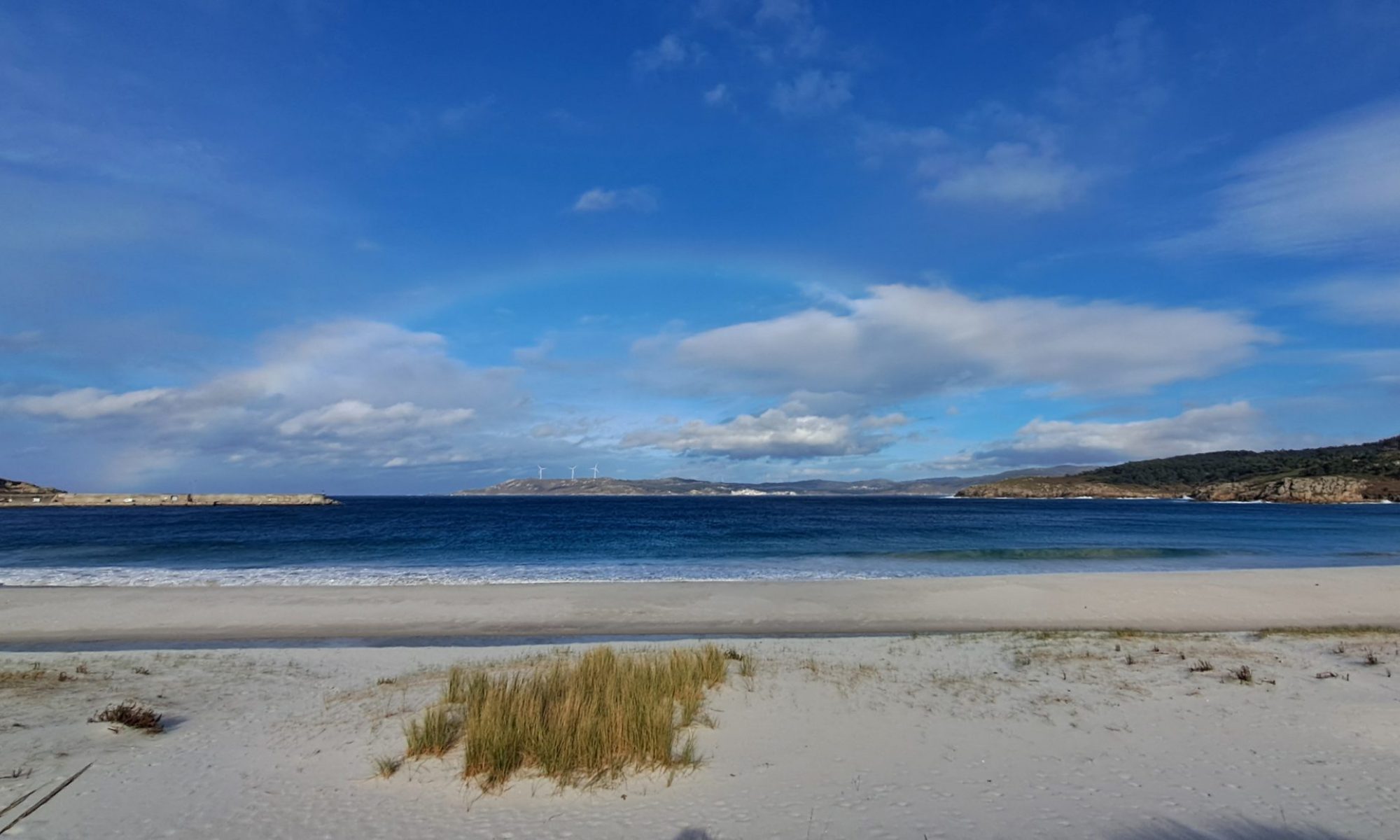I did my level 1 canoe coaches course at Glenmore Lodge with Dave Rosseter (who seems to have a large chunk of the market). This includes a day doing the Foundation Safety and Rescue Course. Here are my notes for my own use and anyone else who cares.
Fundamentals of coaching. Coaching priorities are (in order of importance): Safety, Enjoyment, Learning. Safety involves a risk assessment, which can be site specific and can be dynamic (i.e. thinking about risks).
Foundation skills of canoeing are: Posture, Contact Points, Power Transfer and Feel.
There are different teaching styles.
Direct instruction is when you tell people what to do. Pros: Control. Cons: Not student led.
Practice, where you keep doing something. Practice akes permanant (can be good or bad). Can be boring.
Self Check. Give some check points and ask them to see if they are doing it. Gives independence. May do the wrong thing.
Guided Discovery. Ask them to work out how to do something. Gives ownership of learning. Enforces habits. Time consuming.
When observing canoeing look for Body, Boat and Blades. Think about the indicators for a good stroke.
During a rescue the order of importance is: Self, Team, Casualty then Equipment.
Rescue techniques from low to high risk are: shout, reach, throw, row, (go).
When leading remember CLAP: Communication, Line of Site, Avoidance and Position of maximum usefulness.
Learning Styles: Pragmatist (wants to know why, likes feedback and confirmation), Activist (jumps into it, likes discovery), Theorist (wants the technical information), Reflector (sits back and observes, likes demos).
For demos, can separate example and description.
A good coach will be able to teach Technical, Tactical, Physical and Phychological capabilities.
